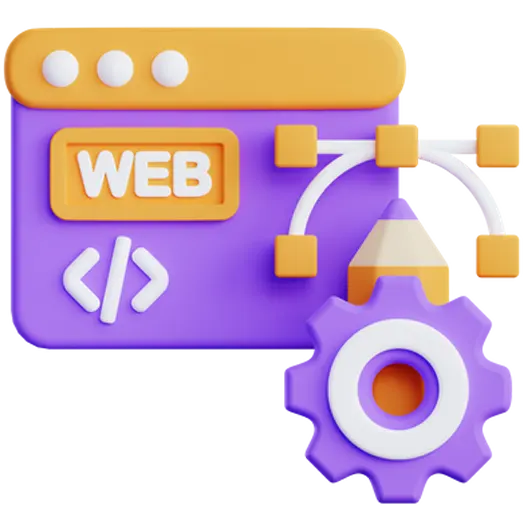
Integrating Payment Systems on Your Business Website: A Comprehensive Guide
In today’s digital landscape, offering seamless and secure online payment options is crucial for business success. Integrating a payment system on your website not only enhances customer convenience but also expands your reach to a wider audience. This guide will walk you through the key aspects of payment system integration, helping you make informed decisions and streamline your online transactions.
Table of Contents
- The Benefits of Payment System Integration
- Choosing the Right Payment Gateway
- Integration Methods: API vs. Hosted Solutions
- Security Considerations and PCI Compliance
- Optimizing for Mobile Payments
- Testing and Launching Your Payment System
- Frequently Asked Questions (FAQ)
The Benefits of Payment System Integration
Integrating a payment system offers numerous advantages for businesses of all sizes:
- Increased Sales: Customers can easily complete purchases without leaving your website, reducing cart abandonment rates.
- Improved Customer Experience: Offering multiple payment options provides convenience and caters to diverse preferences.
- Expanded Market Reach: Accept payments from customers worldwide, opening up new markets and opportunities.
- Reduced Processing Costs: Online payment systems can often have lower transaction fees compared to traditional methods.
- Automated Transactions: Streamline your accounting and bookkeeping processes with automated payment recording.
“Technology helps businesses grow faster and smarter,” and a well-integrated payment system is a prime example of this principle.
Choosing the Right Payment Gateway
Selecting the right payment gateway is a critical step in the integration process. Consider the following factors:
Transaction Fees
Compare the transaction fees charged by different gateways. Some gateways offer tiered pricing based on transaction volume.
Supported Payment Methods
Ensure the gateway supports the payment methods preferred by your target audience, such as credit cards, debit cards, digital wallets (e.g., PayPal, Apple Pay, Google Pay), and local payment options.
Security Features
Prioritize gateways with robust security measures, including fraud detection and prevention tools.
Integration Compatibility
Confirm that the gateway integrates seamlessly with your website platform (e.g., WordPress, Shopify, Magento) and your existing business systems.
Customer Support
Choose a gateway that provides reliable customer support in case you encounter any issues.
Integration Methods: API vs. Hosted Solutions
There are two primary methods for integrating a payment gateway:
API Integration
API (Application Programming Interface) integration involves directly connecting your website to the payment gateway’s servers. This provides greater control over the payment process and allows for a highly customized user experience. It typically requires more technical expertise to implement.
Hosted Payment Pages
With a hosted payment page, customers are redirected to the payment gateway’s website to complete their transaction. This simplifies the integration process, as the gateway handles the security and technical aspects of payment processing. However, it offers less customization.
Security Considerations and PCI Compliance
Security is paramount when handling online payments. Ensure your website and payment system adhere to the Payment Card Industry Data Security Standard (PCI DSS). Key security measures include:
- SSL/TLS Encryption: Use SSL/TLS encryption to secure data transmitted between your website and the payment gateway.
- Tokenization: Replace sensitive payment data with tokens to protect customer information.
- Fraud Detection: Implement fraud detection tools to identify and prevent fraudulent transactions.
- Regular Security Audits: Conduct regular security audits to identify and address vulnerabilities.
Optimizing for Mobile Payments
With the increasing use of mobile devices, it’s essential to optimize your payment system for mobile users. This includes:
- Responsive Design: Ensure your website and payment pages are responsive and adapt to different screen sizes.
- Mobile-Friendly Payment Options: Offer mobile payment options such as Apple Pay and Google Pay.
- Simplified Checkout Process: Minimize the number of steps required to complete a purchase on a mobile device.
Testing and Launching Your Payment System
Before launching your payment system, thoroughly test all aspects of the integration. This includes:
- Transaction Testing: Process test transactions using different payment methods to ensure everything is working correctly.
- Security Testing: Conduct security testing to identify and address any vulnerabilities.
- User Experience Testing: Test the user experience on different devices and browsers to ensure a smooth and seamless checkout process.
Frequently Asked Questions (FAQ)
Q: What is PCI DSS compliance, and why is it important?
A: PCI DSS (Payment Card Industry Data Security Standard) is a set of security standards designed to protect cardholder data. Compliance is essential for businesses that process credit card payments to prevent data breaches and maintain customer trust.
Q: How do I choose between API integration and a hosted payment page?
A: If you require a highly customized payment experience and have the technical expertise, API integration is the best option. If you prefer a simpler, less technical integration, a hosted payment page is a better choice.
Q: What are the common fraud prevention measures I should implement?
A: Common fraud prevention measures include address verification system (AVS), card verification value (CVV) checks, transaction velocity checks, and fraud scoring systems.
Q: What costs are associated with integrating a payment gateway?
A: Costs can include setup fees, monthly fees, transaction fees (percentage of each transaction), and potentially development costs for integration, especially with API integration.
Q: How long does it typically take to integrate a payment gateway?
A: The timeframe varies depending on the complexity of the integration and the chosen method. Hosted payment pages are generally faster to integrate (days), while API integrations can take weeks or even months.
Integrating a payment system into your website can significantly boost your business’s growth and customer satisfaction. It’s important to carefully consider your options and choose a solution that aligns with your specific needs and budget.
If your business needs an efficient website or digital system, contact the Doterb team today. We can help you navigate the complexities of payment system integration and create a seamless online experience for your customers. Visit us at Doterb.com to learn more!
